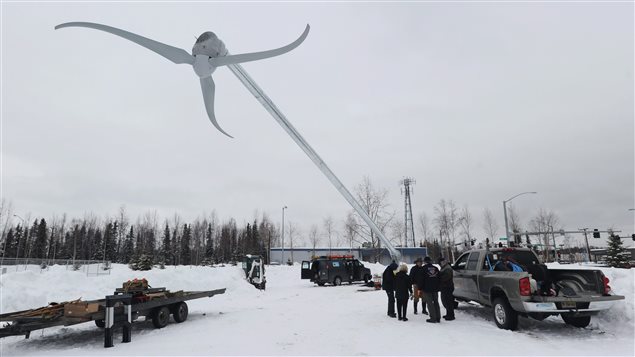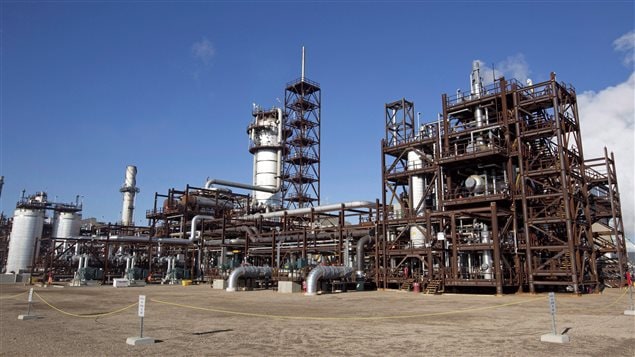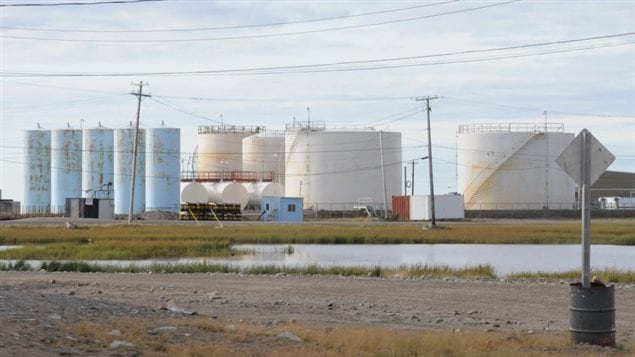There can be no “cookie cutter” approach to implementing Ottawa’s carbon pricing scheme in northern Canada, says a leading expert on northern and Arctic development.
Prime Minister Justin Trudeau announced Monday that Canada’s 10 provinces and three territories have until 2018 to adopt some sort of a carbon pricing scheme, or the federal government will step in and impose one.
The scheme would force provinces and territories to place a surcharge or levy of $10 per tonne of carbon-based fuel starting in 2018, and increasing to $50 per tonne by 2022.
Greg Poelzer, professor at the University of Saskatchewan School of Environment and Sustainability, and founding director of the International Centre for Northern Governance and Development, said with so few details of the plan released so far it’s hard to know for now how Ottawa’s carbon pricing scheme will affect the economies of Nunavut, Northwest Territories and Yukon.
“But if it’s a cookie cutter approach, it could have very negative consequences for the three northern economies,” Poelzer said in phone interview from Copenhagen, Denmark.
(click to listen to the full interview with Greg Poelzer)
ListenStill, Poelzer, who is also a Fulbright Arctic Initiative Scholar, said he doesn’t expect the Liberal government to adopt such a “cookie cutter” approach.
Given the lack of renewable energy alternatives in the north available to southern provinces, he expects Ottawa to give the three northern territories some kind of an exemption, at least in the initial phase of the implementation, Poelzer said.
“They almost have to,” Poelzer said. “If you take, for example, Nunavut, all communities are on diesel, there are no communities that are connected to a grid that’s powered by hydro electricity or some other form of green energy.”
Another big factor for northern economies is their reliance on fossil fuels for transportation, he said.
“Again if you look, whether it’s Old Crow in the Yukon or other communities, many communities in the Northwest Territories and all communities in Nunavut, the only access really is by air or boats in the summer,” Poelzer said. “So there has to be some accommodation just because of those realities.”
Learning from Alaska and Nordic countries

Canada can look to its circumpolar neighbours, especially Norway and Sweden that have similar economies to Canada, as well as the U.S. state of Alaska for examples of how to go about the adoption of renewable energy resources and the implementation of “smart” carbon pricing policies, he said.
“When we look at other jurisdictions like Norway, they certainly haven’t taken a cookie cutter approach with dealing with various industries,” Poelzer said.
Both Scandinavian countries were early adopters of carbon pricing. For example Norway’s oil sector faces carbon prices of $70 for each tonne carbon released by the industry, more than double of what’s being proposed by the Liberal government. And Sweden has adopted even more aggressive carbon pricing policies with about $140 per tonne, Poelzer said.
“And it has had a real impact on CO2 emissions,” he said.
But both countries have been “flexible and smart” in how they implement these policies.
“If you look at Norway, industries that could afford it – and in their case it’s their offshore oil industry – they have a higher and a more aggressive standard,” Poelzer said. “But if you look at other sectors, some of their mining sectors – cement, concrete, things like that – Norway actually has a lower carbon price because if they outprice carbon on some of those industries, those industries simply would not exist.”
Canada too has to be smart in its carbon pricing approaches, as well as the various models it chooses, he said.
Carbon tax or cap-and-trade?

The million dollar question is which of the two main carbon pricing schemes – carbon tax or cap-and-trade – is the right system for each of the northern territories, Poelzer said.
The cap-and-trade system similar to the one adopted by Quebec and Ontario sets real emission output limitations and then reduces those emissions overtime. The system creates a market for CO2 emission credits, providing an incentive for companies to innovate and cut their greenhouse gas emissions because that allows them to trade their CO2 credits with companies that exceed their limits.
Both the carbon tax and the cap-and-trade systems have their own advantages and disadvantages, Poelzer said.
“But there is always the devil in the details,” Poelzer said. “It depends on what level carbon pricing taxes are set at. Are there going to be differences among sectors? Are there going to be differences on domestic consumption as opposed to industrial consumption?”
And the same thing applies to the cap-and-trade he said.
“Are there exemptions for some industries or not? How are they going to be phased in? And that can make all the difference,” Poelzer said. “There is no one right answer to cap-and-trade versus carbon tax.”
Trudeau seems to be signalling that he’s open for each province or territory to come up with a scheme that best fits their reality, he said.







For reasons beyond our control, and for an undetermined period of time, our comment section is now closed. However, our social networks remain open to your contributions.